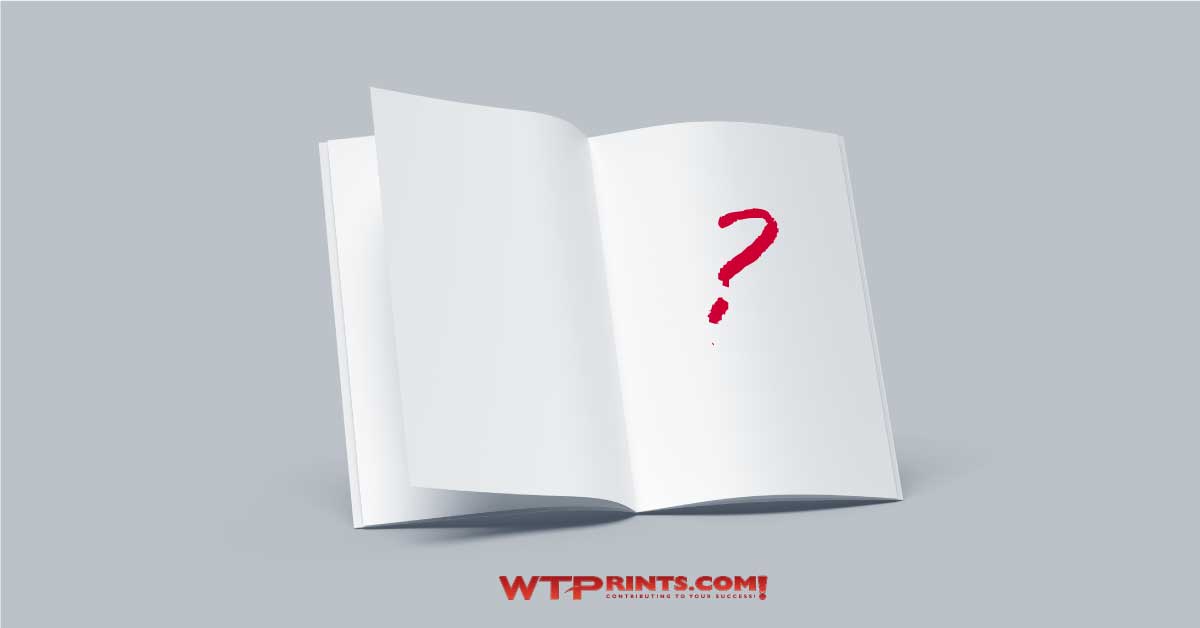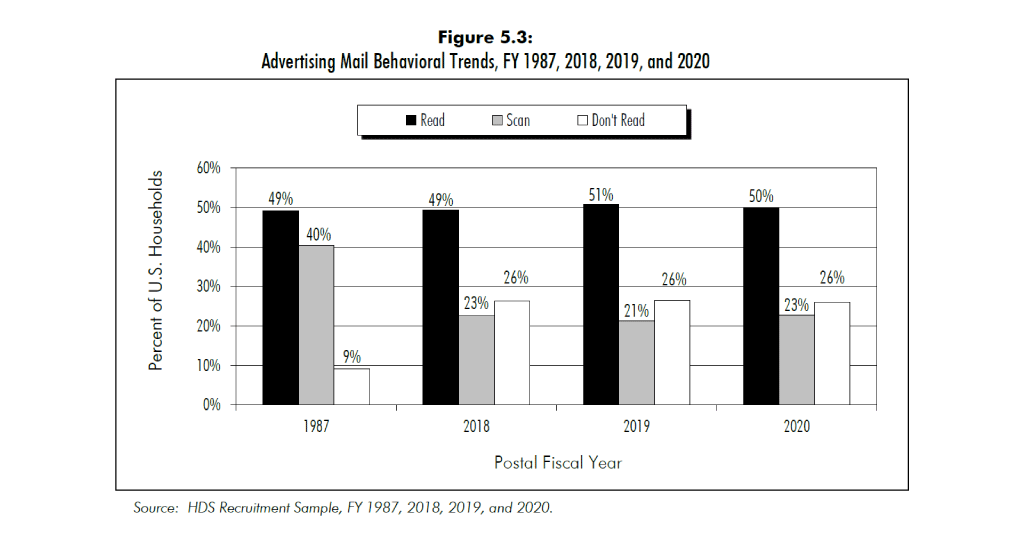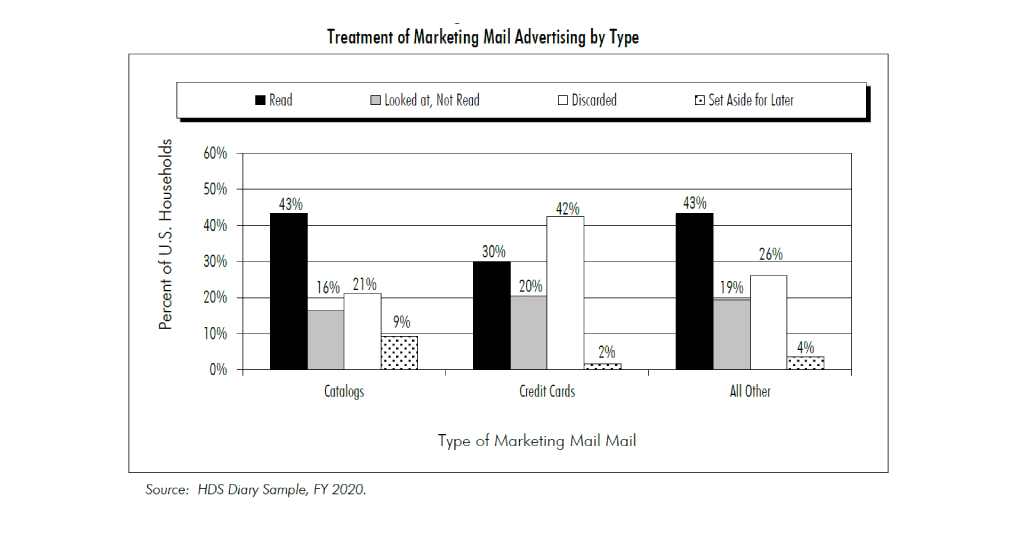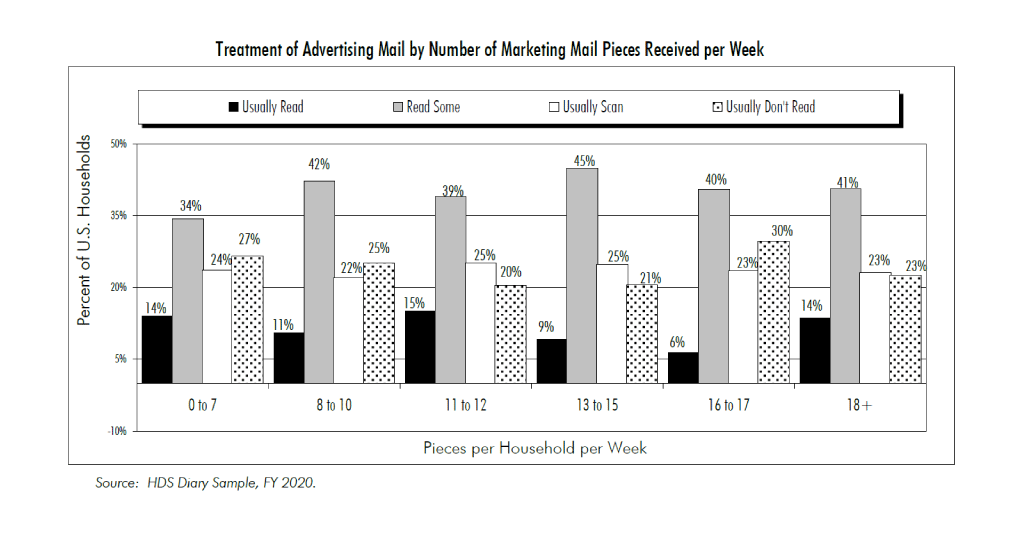One of the ways to sell more print is by helping clients understand the purpose of print catalogs and why they remain important in a digitally oriented world. Print catalogs serve a distinct purpose in that they are still a primary source of information for consumers, they are tactile, they have a long shelf life, are good for in-person and direct mail selling, have a high ROI, and can be tied to digital information with QR codes.
Bridging the Gap to Higher Revenue: How Print Catalogs Complement Digital Strategies

The purpose of a catalog, print or digital, is to present all the product or service information needed to convince a buyer to make a purchase decision.
Below are compelling reasons, backed by research, on why print catalogs work so well.
Advantages of a Print Catalog
Compared to digital, there is a relatively high barrier to entry with print catalogs, with design, writing, images, graphics, printing, and mailing costs involved.
Yet the digital advantage is waning with rising digital ad costs, consumer’s use of ad blockers, and digital ad fatigue. There is also the loss of audience targeting and tracking ability due to online privacy laws around the globe.
Yet barriers to entry for a marketing channel can give a company significant advantages that are difficult for competitors to overcome. In addition, digital printing methods today have lowered the entry cost for printed catalogs.
Here are some more advantages to using print.
Return on Investment (ROI)
in How Paper Catalogs Remain Relevant in a Digital Age, the Harvard Business Review did a 2020 study in collaboration with an ecommerce retailer. They found that consumers who received catalogs and emails saw a 24% increase in purchases over those who received only email.
Even more significant, they found a 870% increase in return on investment (ROI), a 45% increase over the 2019 ROI increase of 600%. In their opinion, the audience for catalogs is growing.
High Perceived Value
Print catalogs are especially helpful in selling high-ticket or luxury items more so than for commodity-type utilitarian products. The Harvard study mentioned above found that higher-priced products had a 50% better ROI than lower-priced products and that luxury products had a 120% higher ROI than utilitarian products.
Easy to Segment
With the latest online privacy regulations, it’s harder and more expensive than ever to segment and target online ads. Depending on the data available in your catalog mailing list, they can be segmented any number of ways without limitation. It’s also easy to personalize print catalogs with variable data.
Print Connects with Online Channels
QR codes and augmented reality let print connect to online media such as web pages, blog posts, videos, social channels, instructions, FAQ’s, and more. This two-way integration is not possible with digital.
Print is a Differentiator
The predominance of digital marketing means that all your online channels don’t offer any differentiation in and of themselves. Print does. The very fact that you offer a physical print catalog—or any other type of print collateral—is an instant differentiator in a digital world.
Internet ads are more likely to be ignored than print. Emails are less likely to be opened.
While you might think that households would prefer to get less mail, the USPS found in The Household Diary Study - Mail Use & Attitudes in FY 2020, that 50% of households read their advertising mail, and an additional 23% scan it.
In other words, advertising mail is getting the equivalent of a 73% “open rate” in email. In comparison, the average email open rate is somewhere between 20-40% depending on the industry. This "read rate" has been steady for decades, as shown in the chart below.

The same USPS study also found that catalogs attract considerably more attention than credit card mail. Only 21% discard print catalogs without reading them, while 42% of credit card ads are discarded without reading (survey results in graph below.)

Another interesting fact is that a higher volume of mail (from all advertisers) did little to stop recipients from reading (image below.) Companies need not worry about how much direct mail they send, within limits of course.

Additionally, the recipients intention to respond to a print catalog or marketing ad is very high. 11% say Yes that they will respond to any given print ad, and 13% say Maybe. Compare this to an average email click-through rate of 1-3%.
Longer Shelf Life
Research on print catalog usage by Retail Week and Marketreach found that 45% of catalogs are kept for a week or more, up from 38% in 2017. Part of the reason for the longer shelf life is that 60% of recipients say then enjoy relaxing with a catalog and reading at their leisure.
Print Appeals to the Senses
Print can use sensory elements not available online. This includes textured papers, scents, print finishes such as foil stamping or embossing, and three dimensional die cut constructions. It’s proven that multi-sensory input can provoke stronger emotional responses than visual alone, and emotions are what drive sales.
Also, the consumer doesn’t need the internet to access a print catalog. They can read it anywhere, any time, at their convenience.
Print also enhances customer affinity, especially for e-commerce retailers without physical stores. It’s a way to bring a physical presence to an otherwise digital-only presence.
Print Can Quickly be Repurposed for Digital Channels
It’s easy to convert a print catalog to a PDF or online flip book. You can get a lot of marketing miles from a catalog. It’s also easy to integrate a print catalog into existing digital or other marketing channels. They can be given to sales people, used at trade shows and conferences, or handed out in brick-and-mortar stores.
The Disadvantages of a Print Catalog
There are a few things to consider when planning a print catalog that aren’t as critical with digital catalogs.
Planning
Print requires careful planning and proofreading. Once it hits the press, there is no going back unless the client wants to pay for the reprint. Space is also more limited than with digital. Clients will need to prioritize products and the space allocated to each.
Tracking is More Complex
It’s harder to track results from print. But with careful planning, clients can set up catalog-specific landing pages, special phone numbers, and use QR codes to get a handle on the important metrics.
Updating
It’s certainly easy to update a digital catalog. However, there are workarounds. Instead of re-printing an entire catalog when an update is necessary, clients can include inserts with updated information. For example, instead of including prices in the catalog itself, a company can insert a price sheet. Then, when prices need updating, it’s only a matter of printing a new insert.
Should Our Business Do a Print Catalog?
In light of the ROI statistics about using print and digital catalogs together, nearly all companies should consider the use of print catalogs. The advantages of using print catalogs clearly outweigh the disadvantages.
Yes, print catalogs can be a significant investment depending on the quantities needed, so the question deserves some thought. Based on the lift in response and ROI in the Harvard study, your clients can quickly do some projections with their own products and services.
The good news is that digitally printed saddle-stitched booklets make testing practical and affordable for even the smallest of companies. Short-run perfect bound catalogs also have a low barrier to entry.
Clients can test by mailing to a small segment of their audience at a time, perhaps a few hundred per mailing. One of the keys to high response and great ROI with both digital and print catalogs is to use them both together in a coordinated campaign. As clients grow, the transition to longer run saddle-stitched catalogs or perfect bound catalogs will be easy.
Share this article with your clients to help you sell more catalogs. Offer to do a print collateral audit to be sure their catalogs and other marketing assets are all working well to support each other.
Be sure to download a Checklist of Essential Elements for an Effective Print Catalog here.
Need pricing or help with a print catalog project?
Get an instant online catalog quote here. Or call us at (559) 251-8595 or use the chat feature on the lower right side of this page.